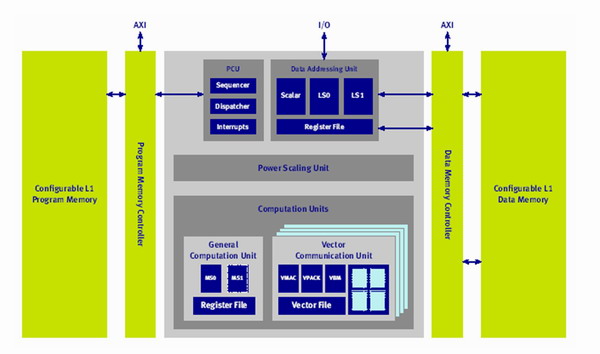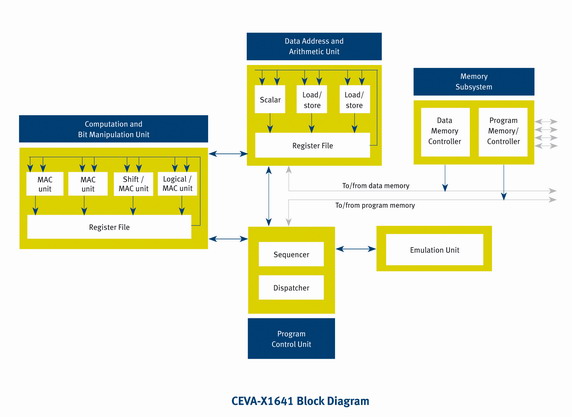Wireless baseband evolution-multiple design options for 4G modems In the evolution of 4G wireless baseband, there are currently two major evolving technologies competing for leadership, this is LTE and WiMAX. WiMAX's positioning is the technology of choice for computing equipment and M2M, as well as providing fixed wireless online networks for areas that have not yet developed, and is supported by the WiMAX forum led by Intel and other companies. LTE has evolved along the “GSM†route towards the mobile broadband route, supported by the 3rd Generation Partnership Project (3GPP), and includes Qualcomm, ST-Ericsson, Verizon , Vodafone, including many baseband OEM manufacturers and operators. It is still unknown which standard will win in the end, but the result is most likely that the two will coexist and serve different user groups in different regions. In order to ensure that both standards are supported by 4G modems, the market needs a flexible solution that can satisfy both technology roadmaps. The constraints faced by the development of mobile modems are not limited to increasingly complex wireless standards. Today's smartphones must support multiple wireless interfaces. In addition to WiMAX and / or LTE, 4G mobile devices also need to support a large number of wireless interfaces, such as GSM, GPRS, EDGE, W-CMDA, HSPA and the latest HSPA +. As the future of the wireless baseband market is unpredictable, the environment faced by chip suppliers is very harsh. Development costs and multiple changing standards make the traditional hard-wired design method of terminal modems face greater risks. For example, the chip developed by the supplier may target the wrong standard, which may eventually lead to the solution being eliminated before it is published. More importantly, hard wiring is difficult to support all standard flexibility without repeatedly designing a lot of silicon technology, so it is costly, bulky, and consumes a lot of power. This naturally spawned the need for programmable solutions that are flexible enough to support multiple standards and shorten the development cycle. Different design schemes of mobile broadband modem In the design of new mobile baseband chips, there are three main options available: Traditional (hardwired) solution-the entire modem is implemented in hardware. The main advantage of this solution is that it allows the first chips to be launched quickly. In addition, hardware designed for a specific standard usually ensures the lowest power consumption. However, as already mentioned before, this method lacks flexibility and cannot be used in conjunction with the roadmap for future product upgrades. Hybrid solution-a mixture of hard-wired design and programmable design processor. The parts of the modem that require flexibility are mapped into the programmable DSP core, using software to achieve flexibility. The remaining computationally intensive and less flexible modem parts, such as the Fourier Transform (FFT), can be implemented using hardware like traditional hard-wired solutions. SDR scheme-a complete "software modem" implementation scheme that can simultaneously support multiple wireless standards with software on the same chip. This solution uses a fully programmable design solution with full flexibility and can handle multiple existing or future standards without having to redesign new products. The main problem of this scheme is that compared with the hard-wired scheme optimized for the supported standards, the design work is more complicated and the power consumption is higher. Due to the high risk of adopting traditional solutions and unable to meet the current unpredictable market requirements, it is unlikely that any supplier will choose such an architecture. Therefore, we will focus on the latter two programmable design solutions. Hybrid mobile modem solution using CEVA-X1641 CEVA-X is a high-performance multi-purpose DSP core series, widely used in mobile and wireless applications, and has been shipped to many leading manufacturers in large quantities. This high-performance and easy-to-use DSP provides multiple different hardware and software partitions for mobile modem SoCs. Different baseband customers can adopt different implementation schemes and divisions from single core to multi-core in their own modem design, and complete modem functions through different hardware accelerators. Choosing an extremely powerful market-standard DSP architecture (such as CEVA-X1641) can protect software investments and determine a blueprint for future product generations. Many CEVA customers have chosen CEVA-X1641 as their preferred DSP to build 4G modems. SDR solution of software modem using CEVA-XC CEVA-XC is an extremely powerful communication processor designed and optimized for advanced wireless communication. CEVA-XC is based on CEVA-X and can support multiple wireless interfaces through software, including the most demanding 4G mobile standards, LTE cat. 5 and WiMAX II (IEEE 802.16m), as well as 3G and 3.5G. This innovative processor can simultaneously support multiple wireless interfaces on the same architecture to implement a true software modem. CEVA-XC uses a software programmable design architecture to complete all wireless processing tasks through a single engine without the need for multiple baseband coprocessors, which eliminates the additional memory, data cache and overall data traffic common in such distributed architectures. . This reduces power consumption and chip size. The CEVA-XC architecture is based on 1, 2, or 4 vector communication units (Vector CommunicaTIons Unit) integrated in the CEVA-X processor. Each vector unit is a 256-bit SIMD engine, using 3-way VLIW and a large number of 16 MAC, algorithm, logic and displacement units. The CEVA-XC instruction set can meet the requirements of 4G wireless modems, including matrix processing, MIMO detector, complex filtering, data exchange and bit stream processing. As the industry develops toward 4G, the risks of traditional hard-wired design schemes have greatly increased due to development costs and multiple changing standards. Therefore, it is critical to design a flexible solution that can quickly adapt to changing standards and can be reused across multiple generations. A programmable design solution based on a hybrid solution or full software modem can achieve the required reusability and ensure that the product can be brought to market quickly. Leading manufacturers of wireless basebands have long recognized the trend toward a programmable solution. It is currently being standardized around the DSP architecture (such as the two CEVA DSP cores introduced in this article), and authorized vendors can choose according to their system architecture and flexibility level. Moreover, the latest energy-saving and process geometry reduction technologies have also made these programmable design solutions increasingly becoming the preferred method for implementing 4G solutions in a variety of applications. Table Gas Cooker,Gas Stoves,Gas Cookers,Tabletop Stoves xunda science&technology group co.ltd , https://www.gasstove.be
Block diagram of CEVA-X1641
CEVA-X1641 is a four MAC unit product in the CEVA-X DSP series, which is composed of four 16-bit data width MAC units. Under the worst conditions of 65nm, CEVA-X1641 can also operate at high frequencies above 700 MHz. 
CEVA-XC block diagram
summary
May 28, 2020